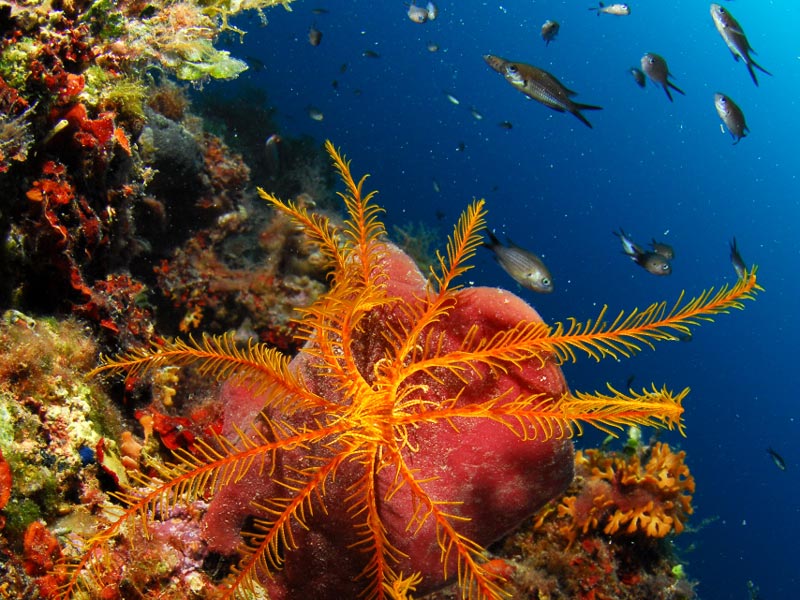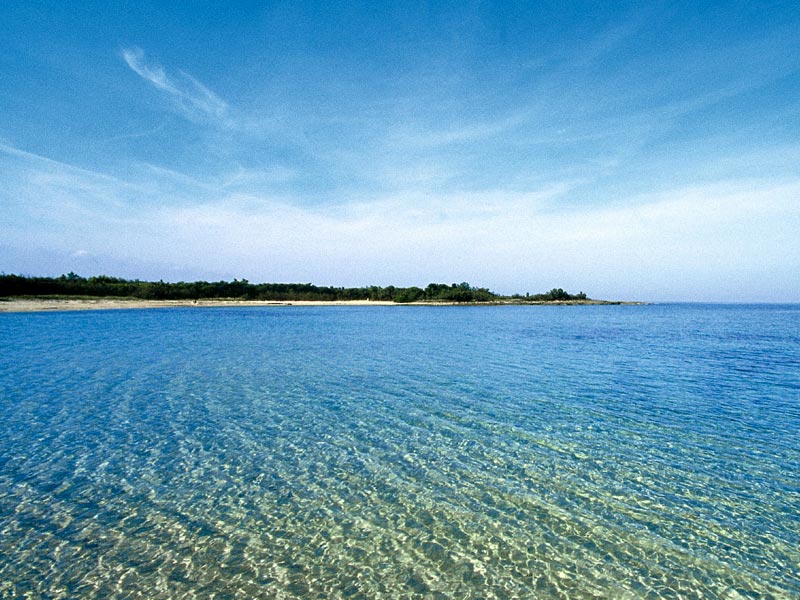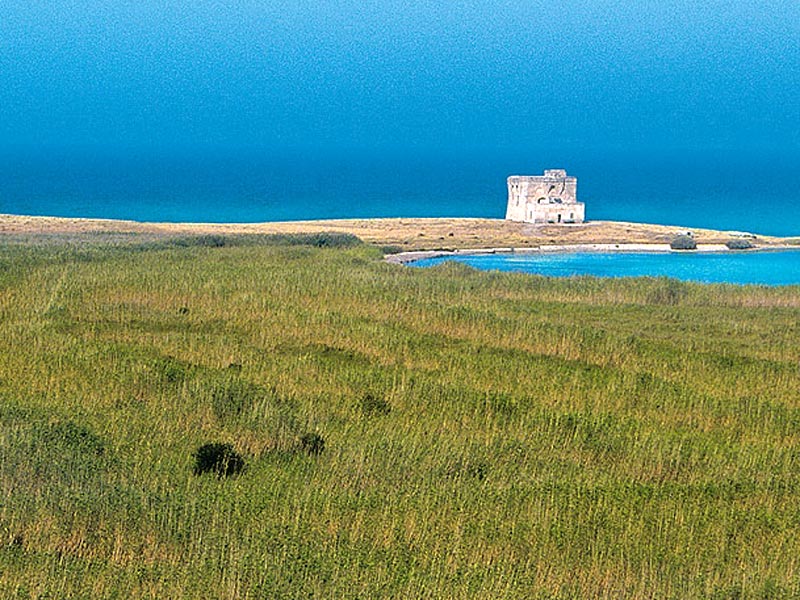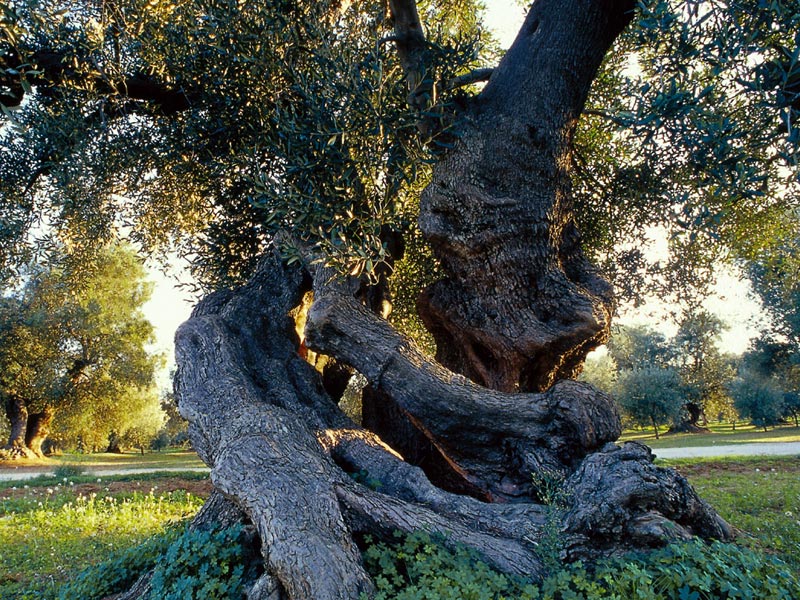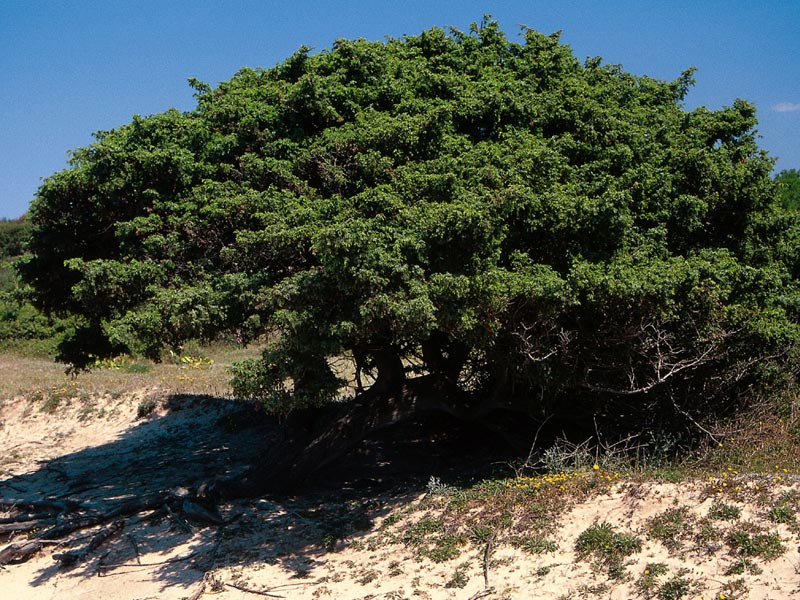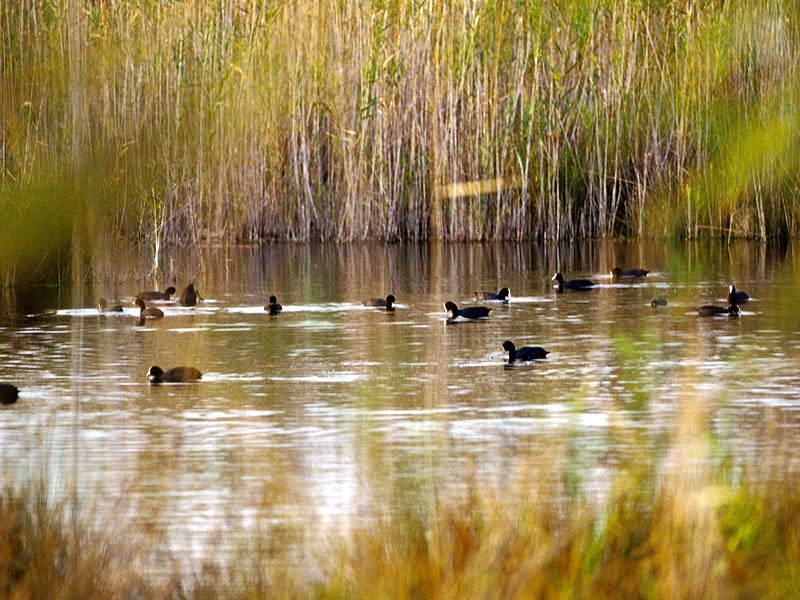Protected Area
Identity Card
- Torre Guaceto Marine Protected Area:
- Sea Surface Area: 2'227.00 ha
- Regions: Puglia
- Provinces: Brindisi
- Municipalities: Brindisi, Carovigno
- Establishment Measures: DIM 04/12/1991
- PA Official List: EUAP0169
- Park Authority: Consorzio di Gestione di Torre Guaceto
- Further managed Protected Areas:
- Riserva Statale Torre Guaceto
- SIC Torre Guaceto e Macchia S. Giovanni
- ZPS Torre Guaceto
The Marine Reserve
The coast delimiting the MPA, despite its shortness, is characterized by a very varied coastline; in particular, on the southern side of Torre di Guaceto, the coast is linear and mainly consists of a clayey cliff.
Near the Tower and for some hundred meters from its northern side, the coast is characterized by a rocky cliff with indented borders forming a series of small inlets. Along the following stretch, towards Punta Penna Grossa, the coast becomes low and sandy.
- Coastal Dunes
The formation of dunes is given by the combined action of the wind coming from the sea, which moves the grains of sand towards the hinterland, and the braking power of the pioneer plants growing on the beach, which shape the sandy deposits parallelly to the coastline.
- Rocky Seabed
The rocky seabed is the most known environment by people diving without breathing apparatus.
The presence of a fixed substratum offers to benthonic animals greater possibilities to colonize, since in the sea there is a great competition for space.
In the midlittoral zone you can frequently find single valve mollusks which flatten on the rock, keeping the sea water within the valve in order to survive during the surfacing period.
- Sandy Seabed
The spotting of organisms on the sandy seabed requires a greater attention since, except for some nektonic animals venturing to this seabed for food, most of the inhabitants has adapted to live buried under the sand.
- Posidonia oceanica Bed
The sandy seabed in the well-lit area of the sea (from -3 to -25m) welcome a typically Mediterranean environment: the Posidonia oceanica bed.
This marine vegetal is not an algae but a kind of grass, since it has roots, leaves, and fruits. It is a typical Mediterranean plant and grows along the coasts of Salento. The leaves falling from the plant pile up in the same bed, but the winter wave motion moves them and piles them up along the beaches.
- The Corals
This environment, of which only a few stretches remain along the Salento, can be found in the circalittoral zone.
Therefore, the algae living at this depth will mainly be red or brown because they only absorb the green-blue elements of the light (penetrating more into the water).
The State Reserve
Torre Guaceto State Nature Reserve covers about 1,200 ha, with a sea front developing for 8,000m.
The area looks like a more or less regular rectangle, with an average depth of 3,000 meters, crossed and divided by the road SS n°379.
The systems developing upstream and downstream the SS road are completely different.
- Mediterranean Maquis
The Mediterranean maquis is an ecosystem mainly consisting of shrubby plants and small-size trees. Its great diffusion in all the Mediterranean coastal range derives from the progressive disappearance of evergreen woods at their climax, given to fires, deforestation, and degradation phenomena. Originally, the presence of ilex woods confined the Mediterranean maquis to the edges of the woodlands and limited its development to an undergrowth stage.
- Wetlands
The presence of the wetland in Torre Guaceto, and the consequent relations developing with the neighboring environments, represents one of the most important naturalistic features of the area. The wetland deeply characterizes the area, to the extent that the name Torre Guaceto derives from the Arab toponym Gaw-Sit, meaning "freshwater place"; such name derives from the fact that the area is fed by freshwater springs. However, since it is situated along the coast, the wetland is characterized by brackish water.
- The Agricultural System
Torre Guaceto Nature Reserve covers 1,114 hectares, out of which 716 lie in the Municipality of Carovigno and 398 in the Municipality of Brindisi. Since the 50s the area has been subject to deep changes: as a matter of fact, it has been interested by the Land Reform through assigned lots and allotments to families of farmers, by subsequent divisions, and by the level of freeing the real estate from the Reform Authority, which has reached the 80%.
Further information (Italian text)




